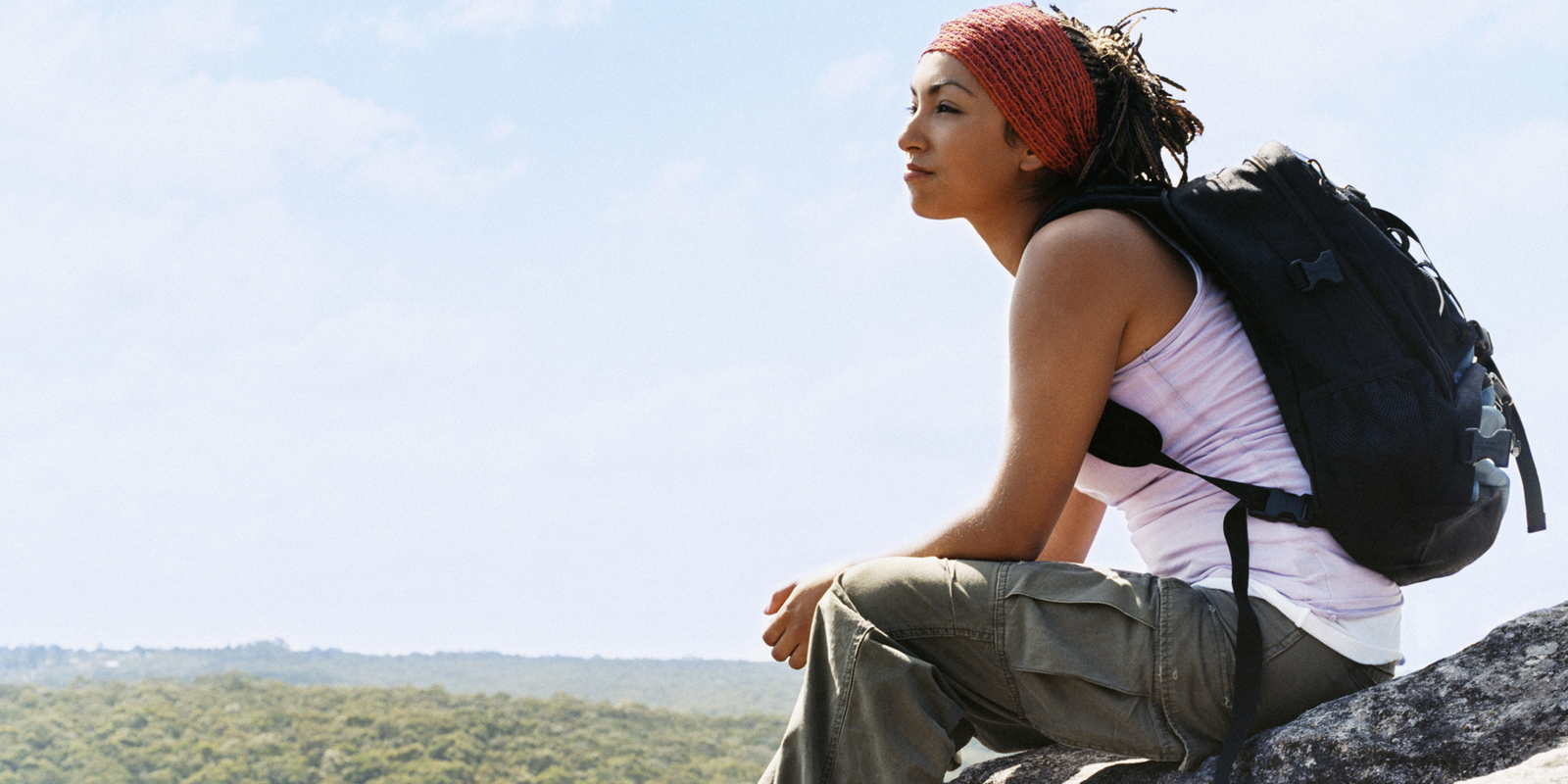For people who are at one with the great outdoors, attending the Outdoor Retailer Summer Market is akin to Christmas in July. From tool-equipped watches that can tighten screws to portable espresso makers to hemp doggie beds, the show features innovation in virtually every field. Of course, that includes apparel.[quote]
The outdoor recreation economy generates $887 billion in consumer spending annually, according to the Outdoor Industry Association. The association considers everything from fishing and mountaineering to snow shoeing and taking a walk as recreation.
As big as the industry is, it is also feeling the effects of the current trend of slow consumer spending. The NPD Group reported overall outdoor sales — including athletic specialty, sporting goods, outdoor specialty and sport specialty e-commerce) were down in the 12 months ending in May 2017. Outdoor apparel declined by the mid-single digits. Matt Powell, vice president and industry analyst at NPD, writes that the closing of the Sports Authority and Sport Chalet created a void that hasn’t been filled. Additionally, he notes, “Consumers are spending more on travel and experiences, and less on things like shoes and shirts.”
But perhaps some of the cool new performance technologies will appeal to the outdoor enthusiasts and help drive growth in the sector. Consider the majority of consumers (56 percent) work out at least two times a week, according to the Cotton Incorporated Lifestyle Monitor™ Survey. Additionally, consumers prefer to wear a natural fiber when cavorting in nature: regardless of sport, the majority (47 percent) says cotton and cotton blends are their strongly preferred fabrics. This is trailed by polyester or recycled polyester blends (7 percent), nylon blends (6 percent), and rayon (5 percent), according to the Cotton Council International (CCI) and Cotton Incorporated 2016 Activewear Study.

So consumers would likely have a high interest in Delta Galil’s Real Cool CottonTM (RCC) and Real Lasting CottonTM (RLC) technologies. Both were featured at the Outdoor Retailer Summer Market. The cotton fabrics offer evaporation solutions, enhanced durability and usability, and they maintain a new look after multiple washings.
“Consumers today are active and versatile in their daily routines, and in turn demand the same multi-tasking efficiencies in their clothing as it relates to fit, comfort, look, feel and performance,” said Esti Maoz, CMO and head of innovation at Delta Galil. “Delta Galil’s innovations are changing the way cotton acts, converging the comfort of cotton with the durability, evaporation, and absorption that meets the demands of today’s multi-tasking consumer.”
The RCC technology increases the absorption capacity of the fabric while also transferring it to the surface so the fabric can dry more rapidly. The RLC technology preserves the cotton fabrics keeping them looking and feeling brand new after multiple wears and washes, thus creating a longer life span for the garments.
The majority of consumers say they are likely to seek out moisture management in their activewear (63 percent) and casualwear (55 percent), according to Activewear research. Consumers who are 13-to-34 are significantly more likely than their older counterparts to seek out moisture management in both activewear (75 vs. 56 percent) and casualwear (62 vs. 50 percent).
Consumers also indicate that they’re looking for active apparel that is easy to care for (83 percent), chafe resistant (78 percent), has moisture management (77 percent), is shrink resistant (76 percent), and has thermal cooling or “keeps me cool” (74 percent), according to the Activewear data.
Invista’s Cordura brand is another company that’s tapping into the consumer desire for moisture management. Cordura and Cotton Incorporated teamed up at OR Summer Market to highlight the Cordura’s durability paired with the state-of-the-art moisture management qualities of TransDRY® and STORM COTTON™ technologies.
“Cotton Incorporated’s technology innovations add performance and functionality to the natural comfort of cotton, while the integration of Cordura gives fabrics an additional dimension of durability and increased strength, enhancing cotton’s ability to perform in the outdoor and active markets,” says David Earley, senior director for supply chain marketing at Cotton Incorporated.
The combined technologies were displayed via jersey knits, fleece fabrics and concept pieces from the Cotton Incorporated development team. Attendees also saw woven fabrics featuring the TransDRY® and STORM COTTON™ technologies from Cordura brand authorized mills, Artistic Milliners and Chia Her.
Apparel buyers could find an array of other high performing garments. Fjällräven’s booth was busy, with buyers drawn in part to its popular Keb Trousers, a technically advanced cotton blend pant that combines comfort and stretch for climbing with ventilation and reinforced areas on the knees, front of legs and rear for durability on more demanding treks.
Show goers could also find garments with insect shield technology, like that from Burlington’s No Fly Zone technology. And brands and retailers looking for odor control could stop by the Polygiene booth to see how it uses “naturally occurring silver salt” to create technology that keeps clothes smelling fresh.
Features like odor control are good selling features, as the majority of consumers say they are “somewhat or very likely” to pay more for odor resistant (54 percent), moisture management (51 percent), and thermal regulating (51 percent) performance features, according to Monitor™ research.
Lifestyle brand Mountain Khakis brought its Hell, Yeah! cross country tour to the show, replete with its touring rig, to spread the vibe connecting the outdoor community with craft brews. The brand also showed its performance and sportswear lines, and invited participants to bring in their worn Mountain Khakis apparel for recycling and repurposing.
“The goal of the tour is to connect the outdoor community and craft brew cultures while promoting sustainability,” said Ross Saldarini, co-founder and president of Mountain Khakis. “There is no better place to spread that message than the original mountain towns that inspired our founding.”
